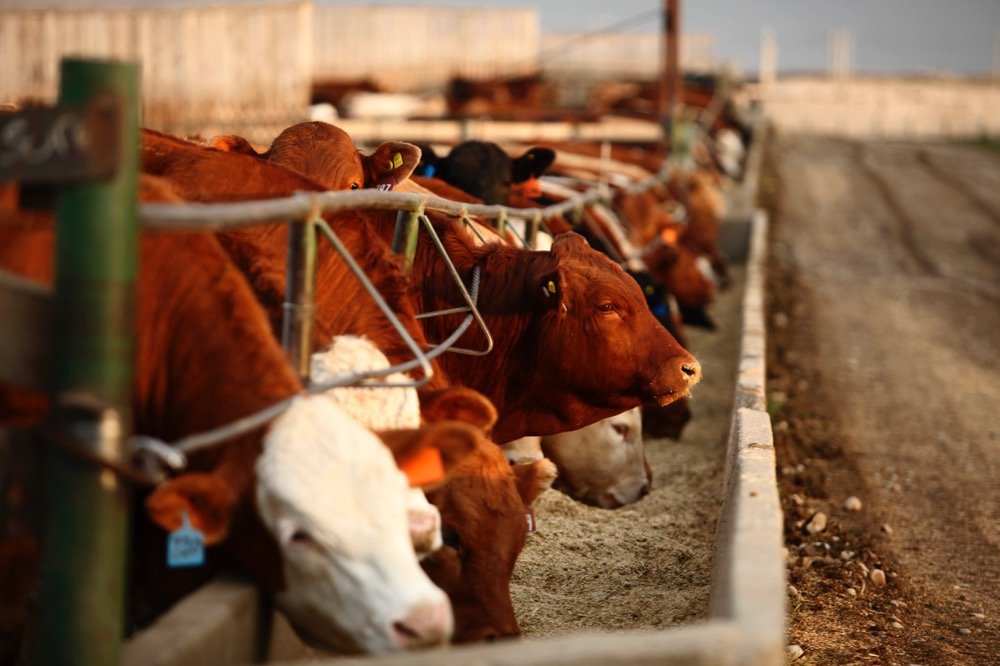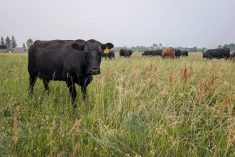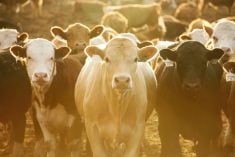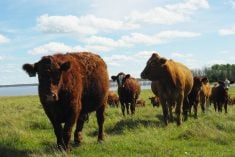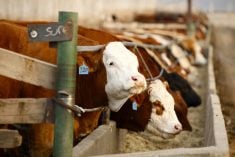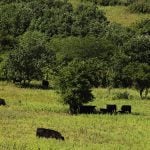Western Canadian feeder cattle markets were relatively unchanged compared to seven days earlier; however, market reports were quite variable depending on the region and weight category.
In most cases, prices for calves under 550 lbs. were $2 to as much as $10 higher while values in the heavier weight categories were $3 lower to $3 higher.
The “COVID risk discount” that was evident two weeks ago appeared to evaporate this week. Renewed hopes that beef demand will return to normal over the next few month inspired buyers late in the calendar year.
Read Also

B.C. ostriches culled, CFIA confirms
Ostriches on an embattled Edgewood, B.C. farm have been culled after a prolonged legal battle, the Canadian Food Inspection Agency has confirmed.
Comments from the front lines suggest fleshier calves are more common at this time of year. Yearling quality is mixed, with a few small packages coming off pasture, but most have been fed some grain. The degree of hardness can be difficult to judge with thicker coats deceiving the potential weight gain efficiencies. It’s not uncommon to see prices $5-$8 apart on similar-weight cattle. Processing replacements has been challenging, with most feedlots struggling to secure quality labour. The weather was more co-operative in southern Alberta, which may have contributed to the firmer tone.
In central Alberta, a small group of larger-frame medium-flesh tan steers averaging just over 915 lbs. on a light grain ration were quoted at $177 while their sisters of similar quality averaging 910 lbs. were valued at $162. In southern Alberta, medium- to larger-frame Angus-blended steers with medium flesh averaging 880 lbs. were quoted at $179. In Manitoba, medium-flesh black steers averaging just over 800 lbs. were valued at $185 and Simmental-based heifers weighing 850 lbs. were quoted at $158.
In central Saskatchewan, British-based steers with medium-type flesh weighing 660 lbs. were quoted at $197 and similar-quality and -weight heifers were valued at $179. In central Alberta, a small group of Simmental-blended steers weighing 720 lbs. were reported at $188 and Limousin-based lower-flesh heifers weighing just under 700 lbs. were reported at $171. These feeders that will come on the fed market during the May-through-July time frame have limited upside. In southern Alberta, Simmental-based steers averaging 605 lbs. were valued at $194.
Calves that will be available for the grass market next spring are hot. In Manitoba, Charolais steers weighing 333 lbs. cracked the magical $300 barrier and sold for $308; red steers weighing just over 400 lbs. were reported at $272. In central Alberta, Silver steers weighing around 515 lbs. were quoted at $230 and similar-quality and -weight heifers were valued at $205.
The market is in a very unique situation. Buyers are contending with rising feed grain prices. Secondly, current feeder cattle prices are too high to pencil a profit based on the deferred live cattle futures. It’s difficult to argue for higher prices given the past year of negative margins but there doesn’t appear to be a shortage of demand at current levels.
— Jerry Klassen manages the Canadian office of Swiss-based grain trader GAP SA Grains and Produits Ltd. and is president and founder of Resilient Capital, specializing in proprietary commodity futures trading and market analysis. Jerry consults with feedlots on risk management and writes a weekly cattle market commentary. He can be reached at 204-504-8339 or via his website at ResilCapital.com.




